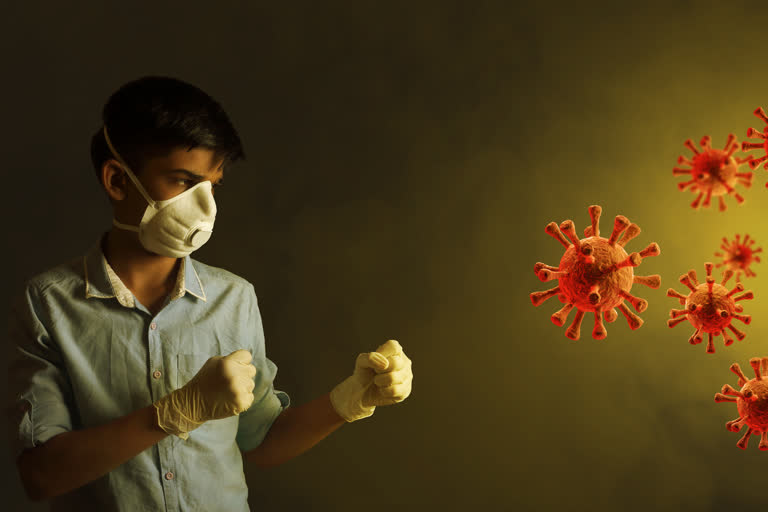The second wave has undoubtedly created havoc across India, pertaining to the surge in COVID-19 cases at an alarming rate. What is more worrisome is that this time during the second wave, not only adults, but children too are being greatly affected as compared to the last year. In the same regard, the ETV Bharat Sukhibhava team asked Dr. Vijayanand Jamalpuri, MD, FRCPCH, Fellowship in Neonatology, Rainbow Children’s Hospital, Hyderabad, some questions related to the new wave of COVID-19, and here is what he explains.
First Wave vs Second Wave
Dr. Vijayanand informs that previously in the first wave, children were not so vulnerable to contract the virus. They were mostly asymptomatic, but were tested because they were exposed to the virus carried by someone else in the family, who was positive. But now, during the second wave, the kids are being tested, primarily because of them being positive as they are showing symptoms too.
However, the severity of the infection as well as the typical nature of symptoms in kids is still less as compared to the adults. We have also seen quite a few kids under the age of 8 years as well as newborn babies being affected. Newborn babies are contracting the infection because more mothers are being positive and once born, babies share a close environment with the mother, making it possible for the virus to be transmitted. The virus does not get transmitted through breast milk, but we have seen a few cases, where transmission through placenta was seen.
What Are The Symptoms Seen In Children?
The most common symptoms we are seen in children include- fever, cough, sore throat and cold, as well as certain gastrointestinal symptoms such as diarrhoea and vomiting. So routinely, if a kid comes complaining about such gastrointestinal issues and when we test them for COVID-19, most of them are positive for COVID-19. Usually diarrhoea and vomiting is seen during the rainy season, but because in the current situation, even in summers, children are presenting these symptoms as a result of the coronavirus infection. Some other symptoms that commonly an older child (above 10 years of age) may present include headache, body ache and weakness. Loss of taste and smell may also be experienced, and due to the former, he/she may not be willing to eat.
